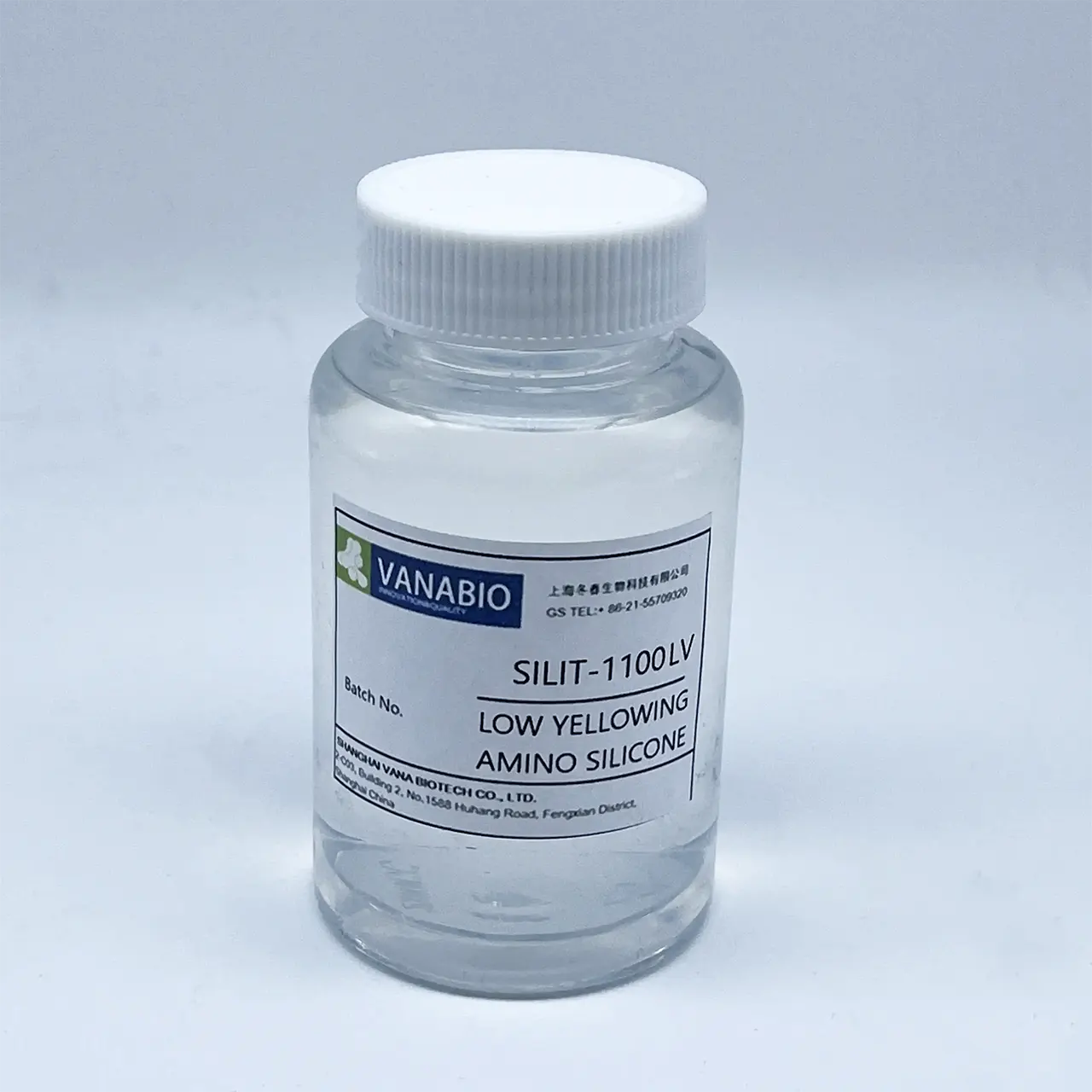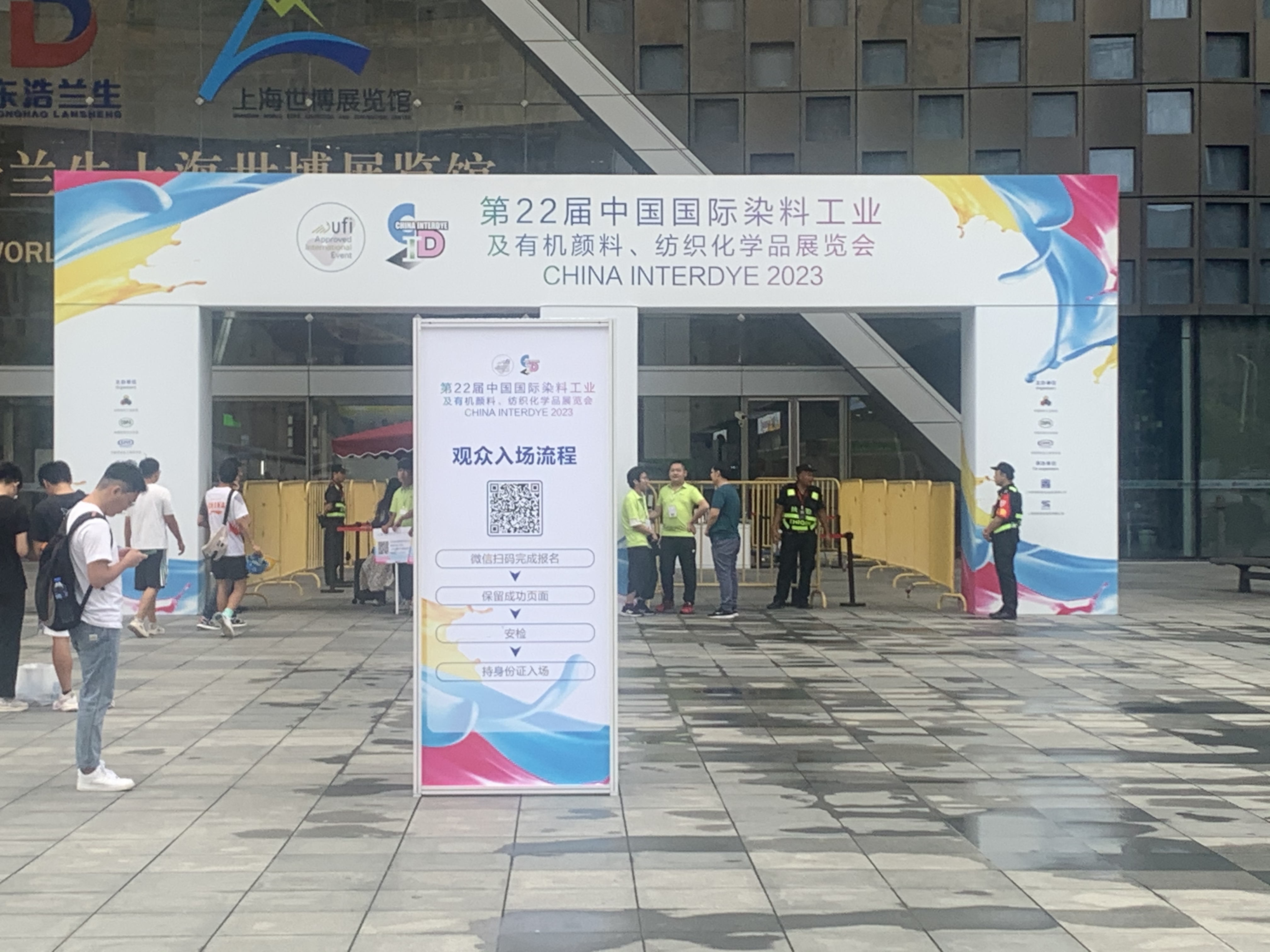With the global trend of the textile industry transitioning towards greening, the European Union REACH regulation has increasingly strict restrictions on cyclic silicones such as D4/D5/D6. The revised regulation in 2024 requires strict control of the residual amount of D4/D5/D6 in textiles, except as polymer production units, starting from 2031. This poses a huge challenge to companies that rely on traditional amino silicone oils - traditional products not only have a high risk of yellowing, but also are difficult to meet environmental requirements, leading to export obstacles or a decrease in brand trust.

At the same time, consumers' quality requirements for textiles continue to upgrade. Taking cotton and blended fabrics as an example, the market not only requires them to have excellent softness and smoothness, but also pays attention to color stability after long-term use. A well-known clothing brand once caused a large-scale customer complaint due to the use of ordinary amino silicone oil, which caused white shirts to turn yellow after washing, resulting in direct losses of over one million euros. How to achieve low yellowing and environmental compliance while ensuring functionality has become a pain point that the industry urgently needs to solve.
SILIT-1100LV, as a new generation of reactive amino organosilicon softener, has achieved three major breakthroughs through innovative molecular structure design.
- Environmental compliance : using a unique synthesis process, D4/D5/D6 content is below the detection limit (< 0.1%), has passed the European Union REACH certification, providing a green pass for export-oriented enterprises.
- Low yellowing performance : Through molecular segment optimization, the yellowing index (ΔE) on cotton and blended fabrics is only 1.2-1 (test standard: AATCC 16E-2013), significantly better than the industry average level (2.5-3).
- Excellent feel : 40dB active noise-cancelling chip-level microstructure design (analogous to noise-cancelling headphone technology), can form a uniform elastic film on the fiber surface, so that the fabric softness increased by more than 40%, smoothness increased by 30%.
Features (Features) | Advantage | Benefits |
Reactive functional group | Forming covalent bonds with fibers | Washability increased by 50%, long-term use still maintains the feel |
Low viscosity fluid | Excellent permeability | Processing efficiency increased by 30% and energy consumption reduced by 20%. |
Solvent-free formulation | Compliant with VOC emission standards | Reduce workshop pollution and reduce the risk of environmental violations |
III. Practical application cases
(1) Case background
A certain European high-end home textile brand is facing two major challenges.
- The original amino silicone oil caused obvious yellowing of white bedding after 5 washes, and the customer complaint rate was as high as 15%.
- After the implementation of the new European Union regulations, existing products cannot pass environmental testing and face the risk of delisting
(2) Solution
- Process optimization : one bath finishing process, SILIT-1100LV dosage is 20g/L, pH 5.5-6, treatment temperature 40 ℃, time 30 minutes
- Effect verification :
- Yellowing test: After 10 washes, the ΔE value is only 1.3 (industry standard ≤ 2.0).
- Tactile evaluation: softness (KES-FB test) increased to 0.18N ・ m, smoothness (Bengough-Martin method) reached 0.22μm
- Environmental certification: Successfully passed OEKO-TEX 100 certification, D4/D5/D6 not detected
(3) Commercial value
- Product Re-purchase Rate increased to 85%, return rate decreased by 70%
- Successfully entered the high-end market of the European Union, with a unit price increase of 20% and an annual sales growth of 12 million euros
Apply for a free sample now and experience the excellent performance of
SILIT-1100LVmore detail please contact : Avery
+8615056351624(Whatsapp )





